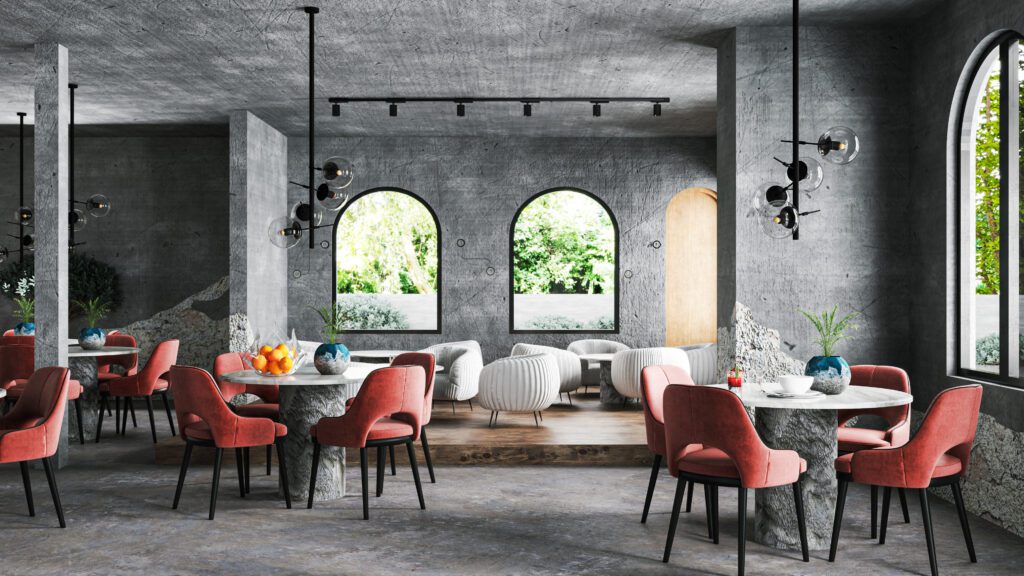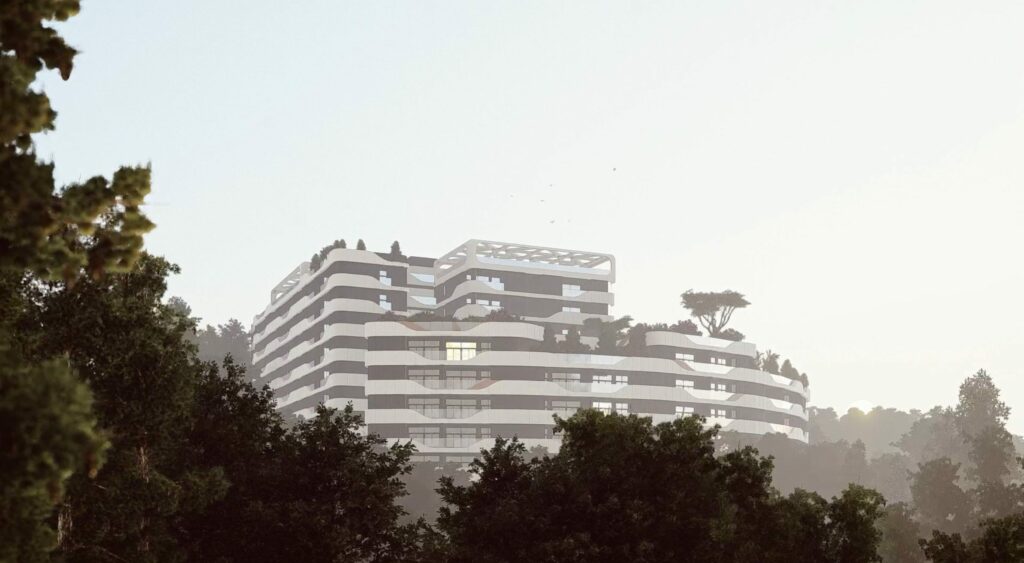


E-design, also known as virtual or online interior design, has become increasingly popular in recent years. With the rise of remote working and virtual communication, e-design has emerged as a convenient and cost-effective way for designers to work with clients from anywhere in the world.
E-design involves working with clients remotely through online platforms such as Zoom or Skype. Clients provide the designer with photos and measurements of the space, along with any inspiration or style preferences they have. The designer then creates a design concept, including a floor plan, color scheme, and selection of furniture and decor items. These designs are presented to the client virtually, with the option to make revisions before finalizing the design.
One of the main benefits of e-design is its convenience. Clients and designers can work together from anywhere in the world, without the need for in-person meetings. This saves time and money on travel expenses, making it an ideal option for those who live in different cities or countries.
Another benefit of e-design is its cost-effectiveness. Traditional interior design services can be expensive, but e-design offers a more affordable alternative. By eliminating travel costs and reducing the amount of time spent on site, e-designers can offer their services at a lower cost to clients.
Remote working has also played a significant role in the growth of e-design. With many designers now working remotely, e-design has become an essential tool for them to work with clients and maintain their businesses. By using online platforms to communicate and collaborate with clients, designers can stay connected and productive, no matter where they are located.
However, there are some potential downsides to e-design. Clients may find it challenging to visualize the design in their space without seeing it in person. There may also be limitations in terms of the materials and finishes available for online selection, which can impact the design's overall aesthetic.
In conclusion, e-design and remote working have revolutionized the interior design industry. By providing a convenient and cost-effective alternative to traditional interior design services, e-designers can work with clients from anywhere in the world, making it an ideal option for remote working. However, it is essential to weigh the potential limitations of e-design and consider whether it is the best fit for your specific project and needs.


